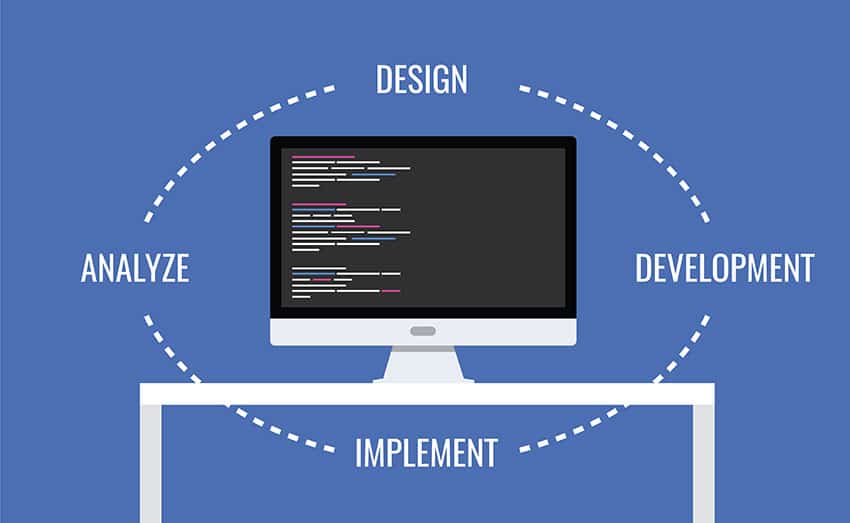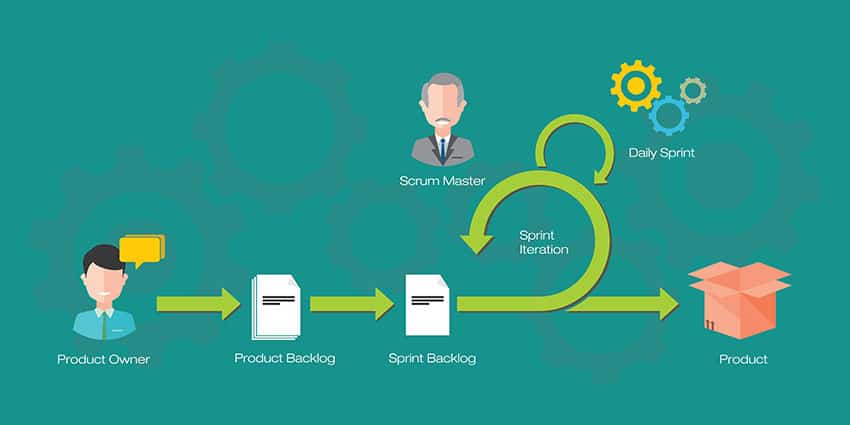Unsurprisingly, habits — or learned behaviours — drive many of our actions on a daily basis. There are studies that show that up to 40 per cent of our behaviours are driven by our pre-existing habits.
A force of habit is defined as a behaviour that is made involuntary by automatic or repeated practice. This is true both in life and in business environments. And as a manager, you likely recognize numerous bad habits your employees might have in that professional setting. Bad habits can cause inefficiency and can be a real drain on productivity, depending o the behaviour and severity.
So, as a lean leader, how can you help employees break bad habits and cull any wasteful behaviours? Here’s a few tips to get you started.
Make Employees Aware of Bad Habits
Because habits are often completely involuntary, your team members may not even know they’re engaging in a wasteful behaviours.
It’s a good idea to address any issues head on with your employee. Schedule a casual one-on-one discussion to chat about your observations. And be sure to deliver constructive criticism delicately and with tact. Again, your worker could be oblivious to any waste they’re creating.
Tackling the issue head on can help your employee feel engaged and supported. It also gives them the opportunity to address and improve the behaviour themselves.
Offer Advice to Replace the Habit
Habits, even bad ones, are often created for a reason. Whether they came into being out of stress or boredom, they often offer workers some perceived benefit that keeps them engaged in this behaviour.
For example, an employee immediately scours their inbox as soon as they log onto their computers because it makes them feel connected to their colleagues and projects on which they’re currently working. However, as we all know, rifling through those pesky inboxes are usually a serious drain on productivity.
Experts often tout the fact that you can’t eliminate habits — you’re simply supposed to replace a bad habit with a good one. So instead of simply stopping that habit of constantly checking your email, replace it with another habit that provides a similar benefit.
So during your private discussion with your team member, make them aware of any observations and offer up ideas and potential solutions to help them quash those learned behaviours.
Provide Positive Reinforcement
While this is true in any situation where a manager is attempting to guide an employee to perform better in the workplace, it’s just as effective here.
When an employee is taking observable steps to temper wasteful behaviours by quashing bad habits, offer them recognition and praise. Acknowledging their efforts can help keep them on the path toward efficiency productivity with their new positive habit.






